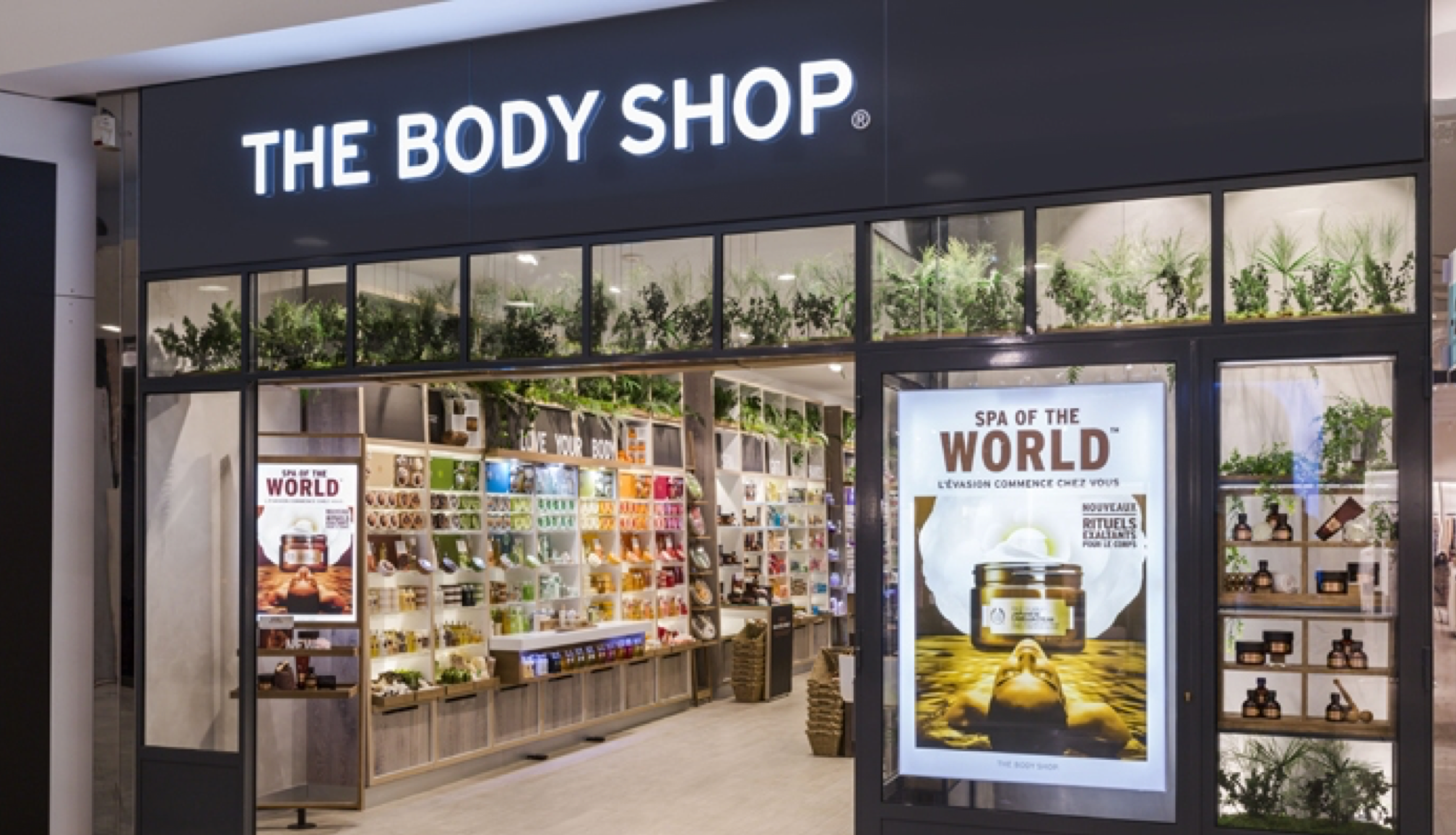The Body Shop’s suppliers, which include charities, local councils and cosmetic manufacturers, are set to recover just a small portion—between 16% and 27%—of the £219m (EUR 263m) they are owed following the retailer’s fall into administration.
The Body Shop was founded in 1976 by Dame Anita Roddick, originally trading out of a small shop in Brighton and later scaling to over 1,900 stores in 75 countries.

It entered administration in February 2024, resulting in the closure of 82 stores and 489 job cuts across the UK. The business was rescued from administration by a consortium led by British tycoon Mike Jatania in September, with the remaining 113 stores continuing to trade.
In the latest update on the administration process, the appointed administrators from FRP disclosed that Jatania’s Aurea Group paid at least £44.3 million to acquire the brand. The administrators confirmed that UK tax authorities would be fully paid from the funds, and employees would receive any owed holiday pay. However, unsecured creditors—including suppliers, landlords, and charities—are set to recover only a fraction of the £219 million owed to them, with estimates ranging between 16% and 27%.
The Body Shop also owes significant sums to suppliers, with the largest single debt being £13 million to Avon, the struggling cosmetics giant owned by Natura, its former parent company. The retailer’s former owner, Aurelius, however, will not receive any payment from the administration’s proceedings.
This follows December’s news that The Body Shop has delivered a profit under its new ownership, after being rescued from administration three months prior.
CEO Charles Denton shared news of the profitability with employees in a Christmas message, seen by The Guardian. He told workers The Body Shop was “back for good” after making a £2 million profit during its first 100 days under its new ownership. Sales hit £28 million over the same period.
Related Insights: The Demise of The Body Shop

